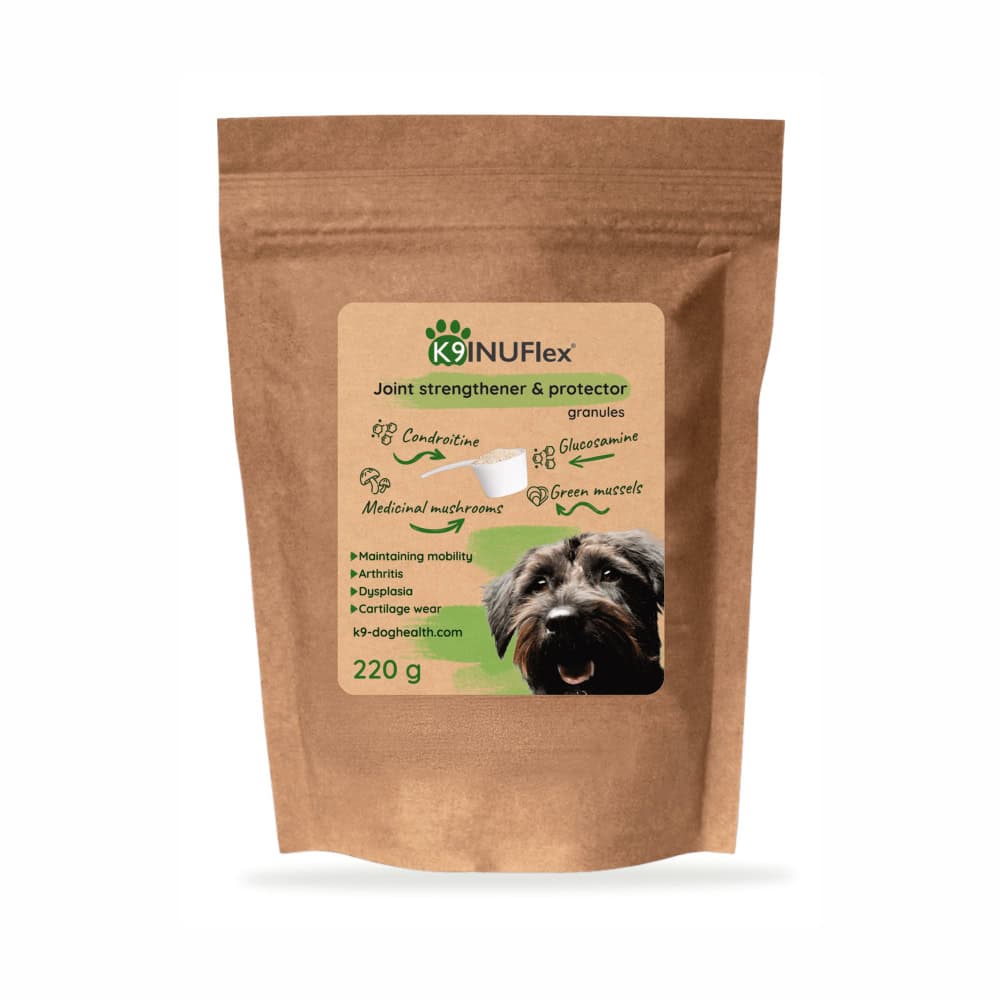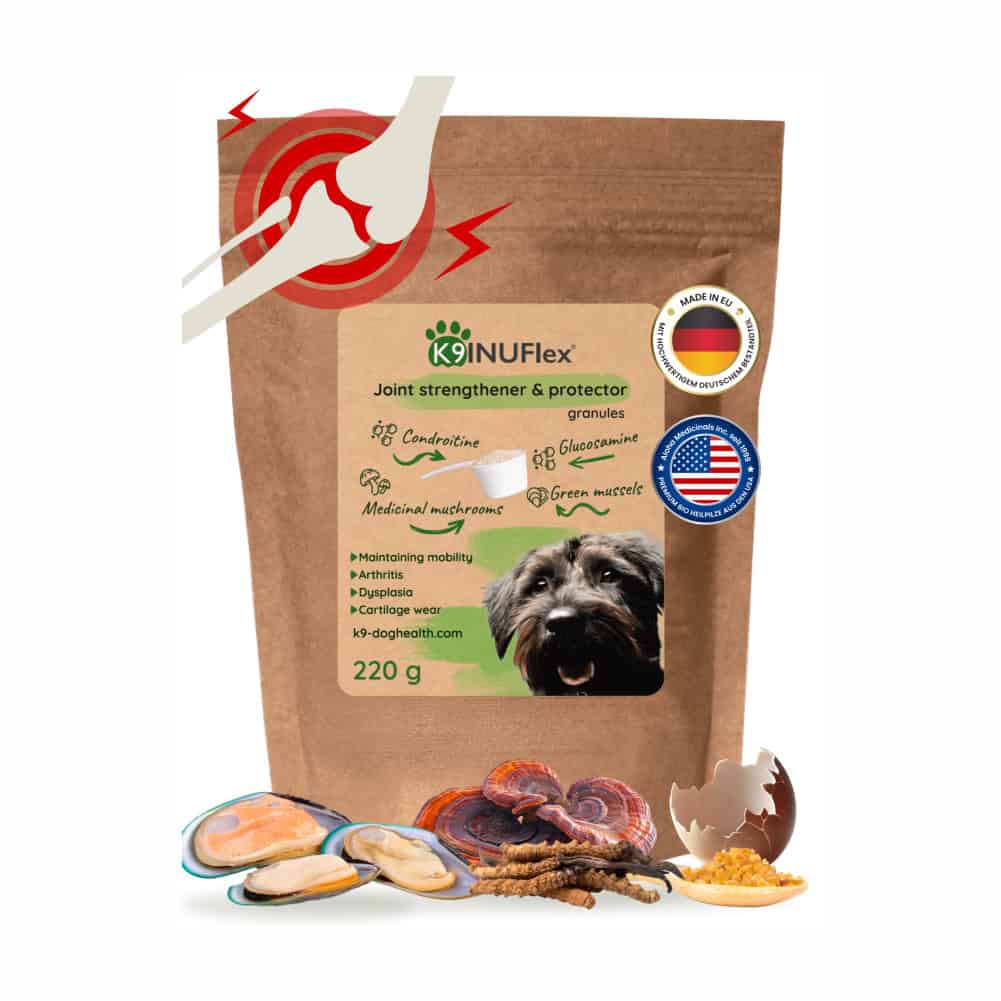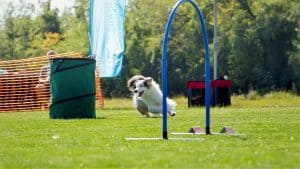Frisbee – As people have urbanized, the majority of their dogs have become primarily companion animals. Their actual working tasks have ceased (along with mental and physical exertion), which is why they were originally bred.
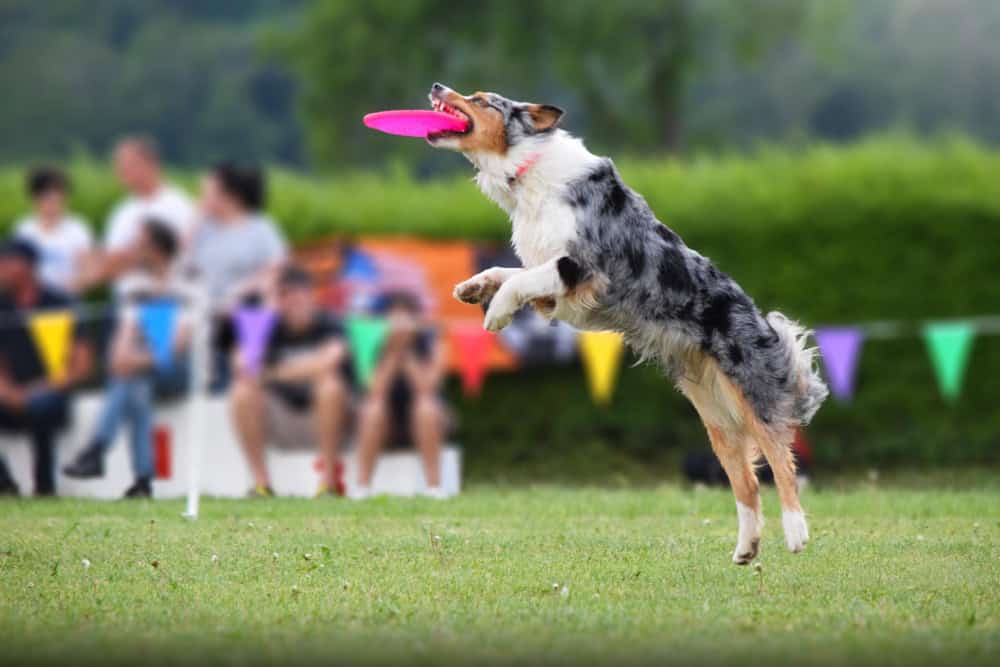
For urban dogs, the opportunities for satisfying their need for exercise are quite limited. If we want to provide the best possible life for our dogs in every aspect, we must ensure that they get adequate exercise and activity.
There are countless ways to achieve this. Dog schools offer numerous opportunities for sports and activities. However, for those who cannot attend organized classes, one of the newest sports, dog frisbee, offers an excellent option. At first glance, it might seem strange to call tossing a plastic disc a sport, but in the following, we’ll see that it is not only an excellent pastime and game but much more as well. Can even be pursued as true competitive sports in the world of frisbee.
Frisbee and fetching skills
Dogs’ fundamental attribute is their fetching ability, meaning most dogs can tirelessly retrieve a ball or any object thrown by their owner. This quality forms the basis for why frisbee provides an excellent play opportunity for our dogs.
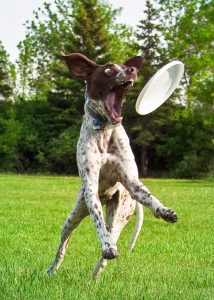
One of the significant advantages of frisbee is that it doesn’t require much, just a cheerful, agile dog and a frisbee designed for dogs.
This part is essential because manufacturers make dog discs from safe, flexible materials. These discs don’t break and won’t hurt the dog. You can play frisbee anywhere with enough space for throwing. The goal is to throw the disc so the dog can catch it mid-air. After catching it, the dog runs back and returns it to the owner.
Most dogs soon realize that the game is even more exciting if they jump up and catch the frisbee in mid-air, leading them to perform acrobatic tricks. This makes the game excellent for organized sports activities alongside daily exercise.
Variations
There are many variations of frisbee sports, but the two most well-known variations are:
- One type of competition is distance throwing. Handlers play on a 40-meter field divided into lanes with point values. The farthest lane gives the most points. During the timed round, handlers throw the disc as far as possible. Dogs run to catch it mid-air and return it quickly.
- The other category is freestyle. In one and a half minutes, teams perform playful, acrobatic jumps, often with music. These routines look like dancing or figure skating. Handlers and dogs create a fun, dynamic performance together. The beauty of frisbee is its inclusivity. Any dog that loves running and jumping can enjoy it. Whether it’s just a short game or a full competition, dogs love spending that time with their owner.
Frisbee – How to Teach Catching
- Start by dragging the disc on the ground to catch the dog’s attention and trigger its chase instinct. If the dog shows no interest, act even more excited to spark curiosity and playfulness. Move the frisbee away as if you don’t want to include the dog in the game. Run around with it, toss it to yourself, and look like you’re having a great time without the dog. Show the dog that you’re enjoying the game, and it will want to join in.
- Once it’s curious and engaged, slide the frisbee upside down on the ground. Let the dog chase it and catch it while it’s still sliding.
- If the dog consistently brings back the frisbee, then roll it vertically on the ground for them.
- Next, teach your dog to go around you before the throw. This gives you time and control. If you’re right-handed, guide the dog from your right to your left. Turn together with the frisbee in hand so the dog understands. Move in a clockwise direction.
- Once the dog understands, it will soon be able to go around you without you turning with it.
- If you’re left-handed, the dog starts on your left side and goes to your right. Start by turning together with the dog (leading with the frisbee) so that it understands what you want from it. Turn counterclockwise.
- Once you’ve reached this point, it’s time to teach the dog to catch the disc!
- Hold the frisbee in front of the dog, and as it catches it, give the command: “fetch!” or “yours!”
- If this works, then throw the frisbee a bit towards the dog and give the command just before it catches it.
- Start increasing the throwing distance and use the command to help the dog learn the timing of catching the disc.
Helpful Tips for Frisbee
- Keep practice sessions short! It’s better to practice three times for five minutes each with your dog in a day than doing 15 minutes at once.
- If the dog gets tired quickly, don’t use the frisbee to make the dog spin. Use a ball or another toy.
- The frisbee should be a special toy. Never leave it in front of the dog’s nose to play with on its own or chew.
- Don’t lose your patience during practice. Even if you don’t show it outwardly, the dog can still sense your tension. You don’t want the dog to associate negative experiences with frisbee.
- Be patient and have fun!
If you’d like to read about kutya frizbi in Hungarian, click here. Working with our dog is essential for a good dog-owner relationship.
Whatever sport you do with your dog, it’s a good idea to use supplements to help alleviate the increased physical strain.
Check out our Hip & Joint support products.
